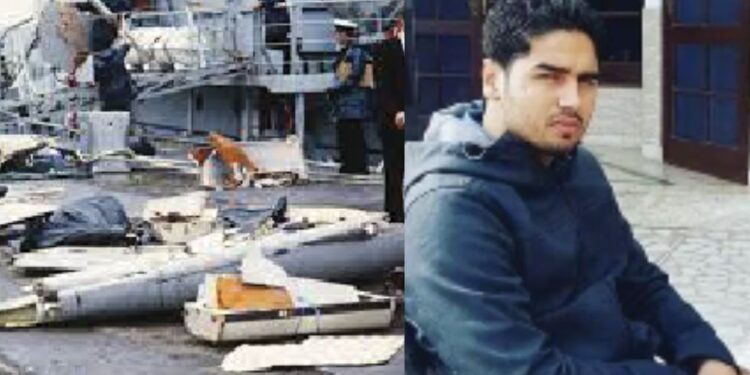In June 1985, an Air India Flight 182 took off from Canada’s Toronto to Mumbai. The craft was a Boeing 747 plane named “Emperor Kanishka” after the ancient Indian emperor of the Kushan dynasty. The plane took off from Toronto, stopped at Montreal in Canada, and then proceeded towards London, where it would have continued to Mumbai. However, the plane never reached London. It exploded mid-air off the coast of Ireland, killing all 329 passengers and crew onboard. To date, it is considered the worst act of terror in Canada, as well as the worst air disaster associated with Canada.
HISTORY
According to reports, there were no warning or emergency calls were issued by the Air India flight, since it exploded 45 minutes after it took off from the Montreal airport. As the craft disappeared from the radar screens, London airport authorities dispatched rescue crews, but no survivors were found. Of the 329 people on board the plane—including the pilots and crew—rescuers managed to pull out only 131 bodies from the Atlantic. As the Justice BN Kirpal Commission would find, the bomb was located in a suitcase in the plane. A person named Manjit Singh got a suitcase transferred to Air India Flight 182. Most notably, Singh was not on the flight when it took off. The bombers had planned to bomb another Air India plane that day, but that bombing failed because of human error. The Justice John Major Commission, constituted in 2006, found that the second bomb had exploded in Japan’s Narita airport, killing two
HISTORY
According to reports, there were no warning or emergency calls were issued by the Air India flight, since it exploded 45 minutes after it took off from the Montreal airport. As the craft disappeared from the radar screens, London airport authorities dispatched rescue crews, but no survivors were found. Of the 329 people on board the plane—including the pilots and crew—rescuers managed to pull out only 131 bodies from the Atlantic.
As the Justice BN Kirpal Commission would find, the bomb was located in a suitcase in the plane. A person named Manjit Singh got a suitcase transferred to Air India Flight 182. Most notably, Singh was not on the flight when it took off. The bombers had planned to bomb another Air India plane that day, but that bombing failed because of human error. The Justice John Major Commission, constituted in 2006, found that the second bomb had exploded in Japan’s Narita airport, killing two baggage handlers. The original plan was to bomb the Air India Flight 301 to Bangkok in Thailand. Reports from the time state that both baggage handlers—two native Japanese men, died instantly.
Major noted, “I stress this is a Canadian atrocity. For too long the greatest loss of Canadian lives at the hands of terrorists has somehow been relegated outside the Canadian consciousness.” Justice Major called the security lapses “inexcusable” and termed Canadian security arrangements at the time “wholly deficient”.



